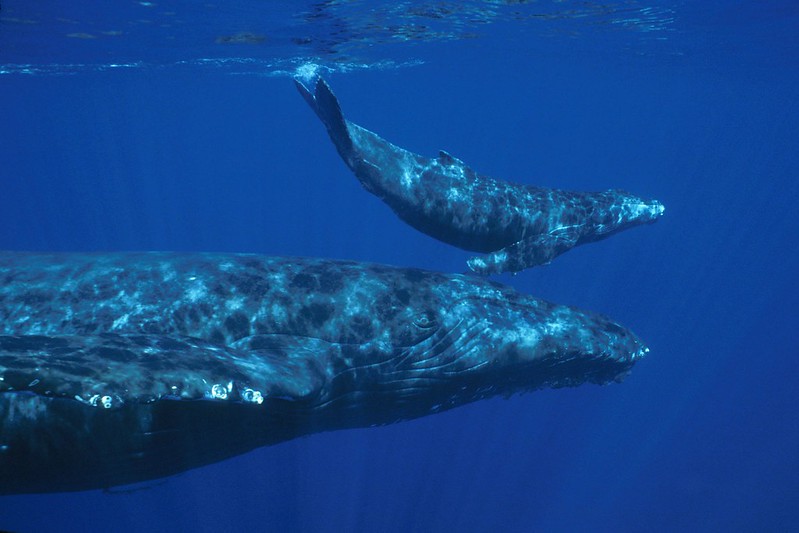Excerpt:
Explorers started making navigation charts showing how wide the ocean was more than 500 years ago. But it’s much harder to calculate how deep it is.
If you wanted to measure the depth of a pool or lake, you could tie a weight to a string, lower it to the bottom, then pull it up and measure the wet part of the string. In the ocean you would need a rope thousands of feet long.
In 1872 the HMS Challenger, a British Navy ship, set sail to learn about the ocean, including its depth. It carried 181 miles (291 kilometers) of rope.
During their four-year voyage, the Challenger crew collected samples of rocks, mud and animals from many different areas of the ocean. They also found one of the deepest zones, in the western Pacific, the Mariana Trench which stretches for 1,580 miles (2,540 kilometers).
Today scientists know that on average the ocean is 2.3 miles (3.7 kilometers) deep, but many parts are much shallower or deeper. To measure depth they use sonar, which stands for Sound Navigation And Ranging. A ship sends out pulses of sound energy and measures depth based on how quickly the sound travels back…









